"Chasing The Shadows: The Discovery Of Asteroid Moons"
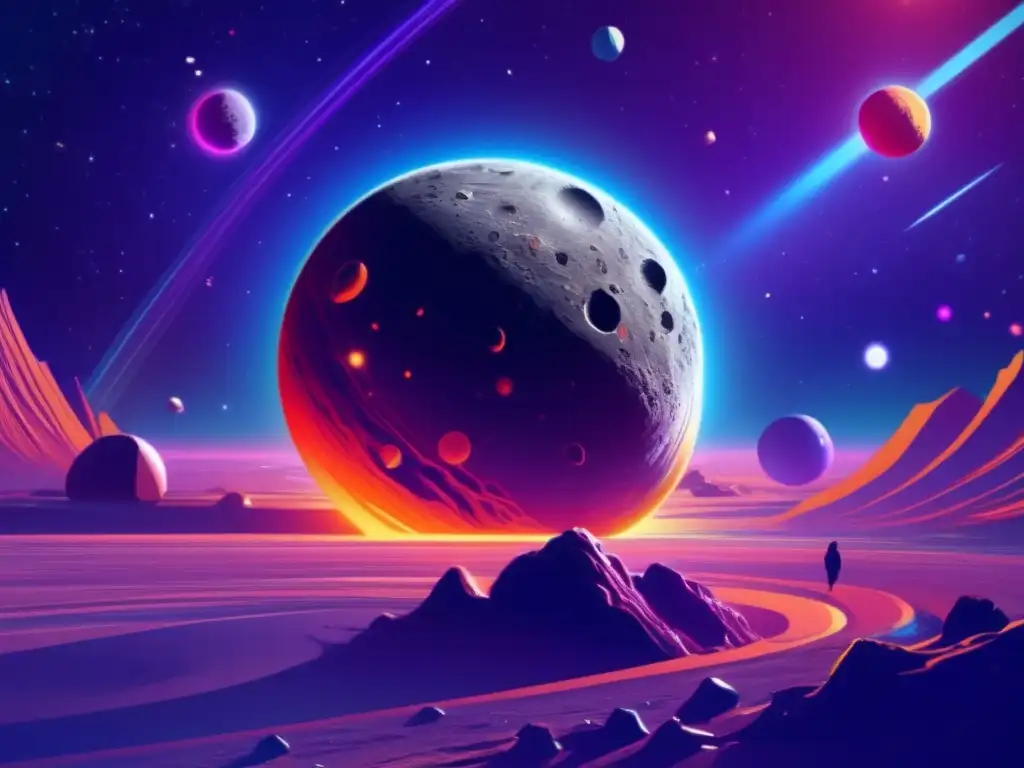
Introduction
Asteroids are celestial objects that orbit the sun and are considered to be the building blocks of our solar system. They can range from tiny fragments to large rocks, and some are even large enough to have their own moons. These asteroid moons are fascinating objects that have captured the attention of astronomers for many years.
The Early Discoveries

First Observation of an Asteroid Moon
In 1978, the asteroid Ida was the first to be observed with a moon. This discovery was made by the NASA spacecraft Galileo during its flyby of the asteroid. The moon was named Dactyl and was found to be about one mile in diameter.
New Moons Discovered
Since the discovery of Dactyl, many other asteroid moons have been observed. In fact, by 2020, over 300 asteroids had been observed to have moons. Some notable discoveries include the moons of the asteroids Kleopatra, Eugenia, and (45) Eugenia.
How Moons Are Discovered
The discovery of asteroid moons is usually made through observations with ground-based telescopes or spacecraft. The moon's presence is detected through its effect on the asteroid's orbit, causing small but measurable changes. This method allows astronomers to estimate the size and orbit of the moon.
The Dynamics of Asteroid Moons
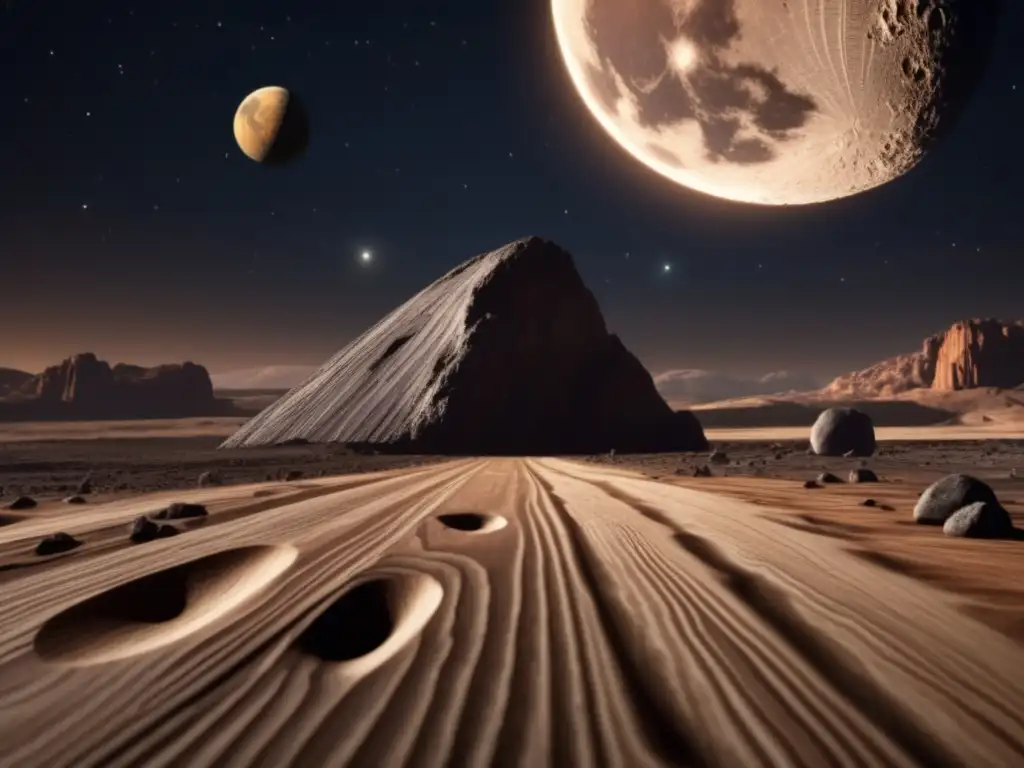
Orbit and Rotation
Asteroid moons exhibit complex orbits and rotations that depend largely on the mass and shape of the parent asteroid. Some moons orbit very close to their asteroid, while others orbit at a greater distance. Moons also have different rotation periods and may spin in the same direction as the asteroid or in the opposite direction.
Formation and Evolution
The formation of asteroid moons is still a topic of debate among astronomers. One theory is that they are formed by the impact of a smaller asteroid onto a larger one. Another theory suggests that they were formed through a process of gravitational capture. As for their evolution, some moons may eventually break apart due to tidal forces or collisions with other objects.
Impact on Asteroid Studies
The study of asteroid moons provides valuable insights into the dynamics and composition of asteroids. For example, measuring the mass and density of an asteroid can help us understand its internal structure. In addition, the presence of moons can affect the asteroid's orbit, providing clues about its past and future trajectory.
Current and Future Research
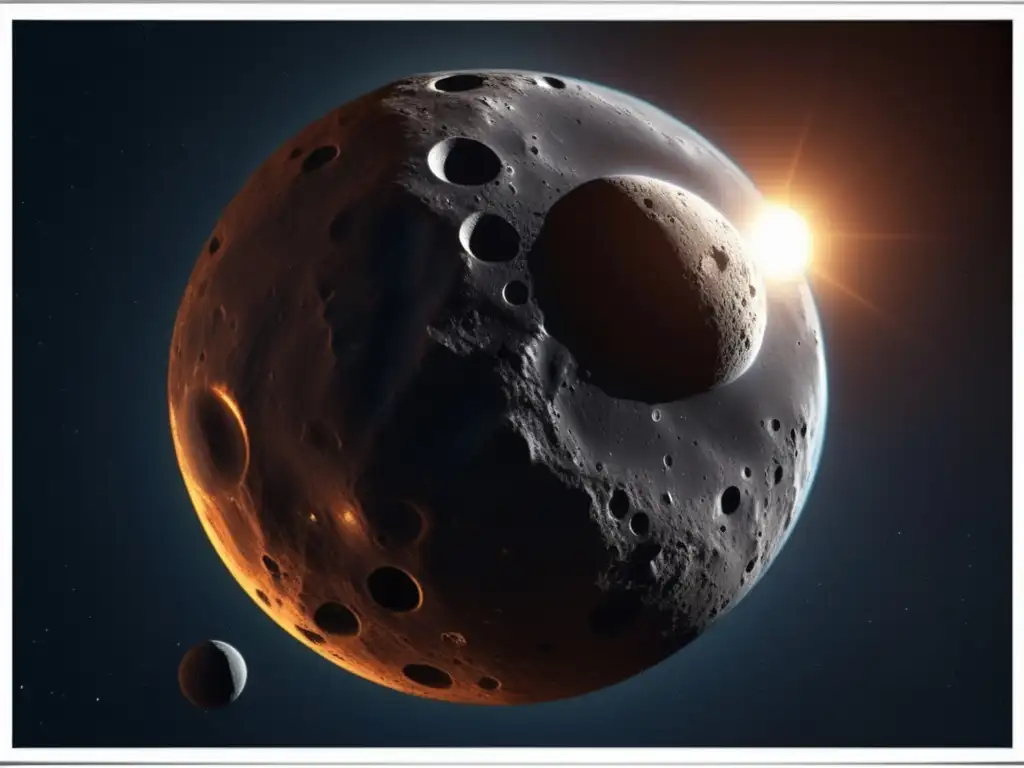
Current Observation and Analysis
Ground-based telescopes and space missions continue to provide new information about asteroid moons. With more advanced technology, astronomers are able to not only detect more moons, but also to better understand their orbits and characteristics.
Upcoming Missions
Several upcoming missions will target specific asteroid systems, including those with moons. The Japanese Hayabusa2 mission, for example, will return a sample from the asteroid Ryugu, which has been observed to have a large boulder and at least one moon. The NASA Lucy mission will investigate six Jupiter Trojan asteroids, two of which are known to have moons.
Potential Discoveries
As technology continues to improve, it is likely that many more asteroid moons will be discovered in the coming years. These discoveries could shed light on new aspects of asteroid dynamics and evolution, which could have implications for our understanding of the formation and evolution of the solar system as a whole.
Frequently Asked Questions
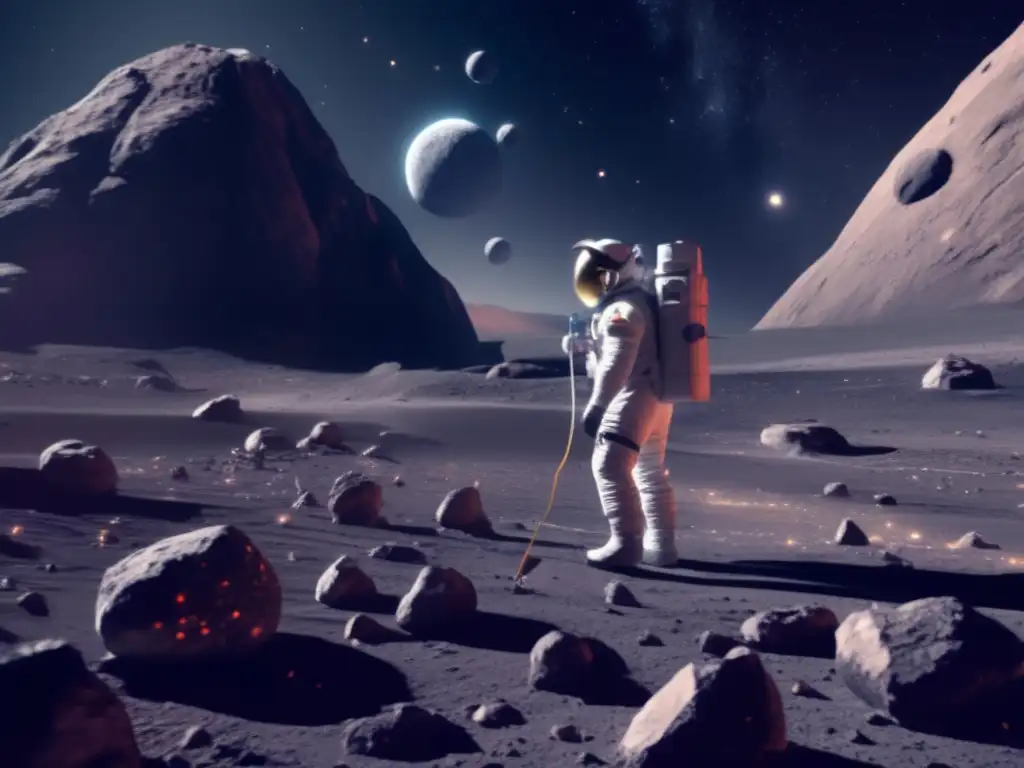
-
What are asteroid moons?
Asteroid moons are natural satellites that orbit around asteroids.
-
How are asteroid moons discovered?
Asteroid moons are usually discovered through observations with ground-based telescopes or spacecraft.
-
What can we learn from studying asteroid moons?
The study of asteroid moons provides valuable insights into the dynamics and composition of asteroids, as well as their formation and evolution.
-
What upcoming missions will investigate asteroid moons?
The Japanese Hayabusa2 mission and the NASA Lucy mission will both investigate specific asteroid systems, including those with moons.
-
What are some potential discoveries that could result from studying asteroid moons?
As technology continues to improve, it is likely that many more asteroid moons will be discovered in the coming years. These discoveries could shed light on new aspects of asteroid dynamics and evolution, which could have implications for our understanding of the formation and evolution of the solar system as a whole.
Conclusion
Asteroid moons are fascinating objects that offer valuable insights into the dynamics and composition of asteroids. Their discovery and study have been an important part of our ongoing exploration of the solar system. As technology continues to improve, we can expect many more exciting discoveries in the years to come.
Thank you for reading this article on www.asteroidrealm.com. Please feel free to share your thoughts and comments below, and don't forget to subscribe to our website for more content related to the fascinating world of asteroids.
Additional Resources
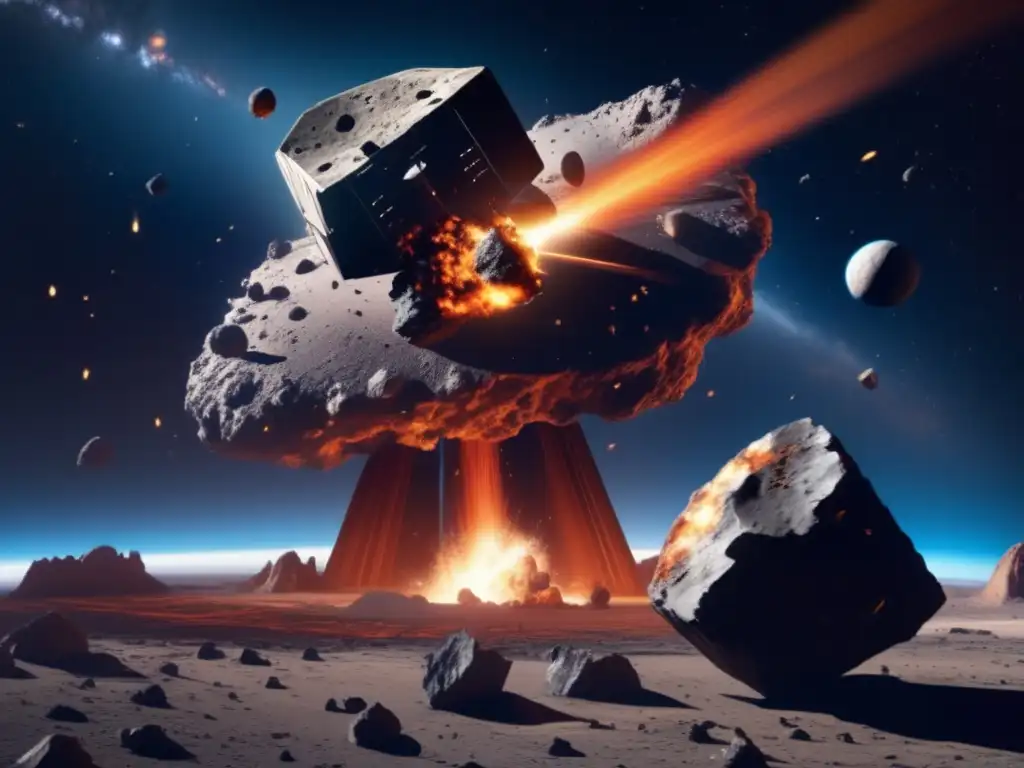
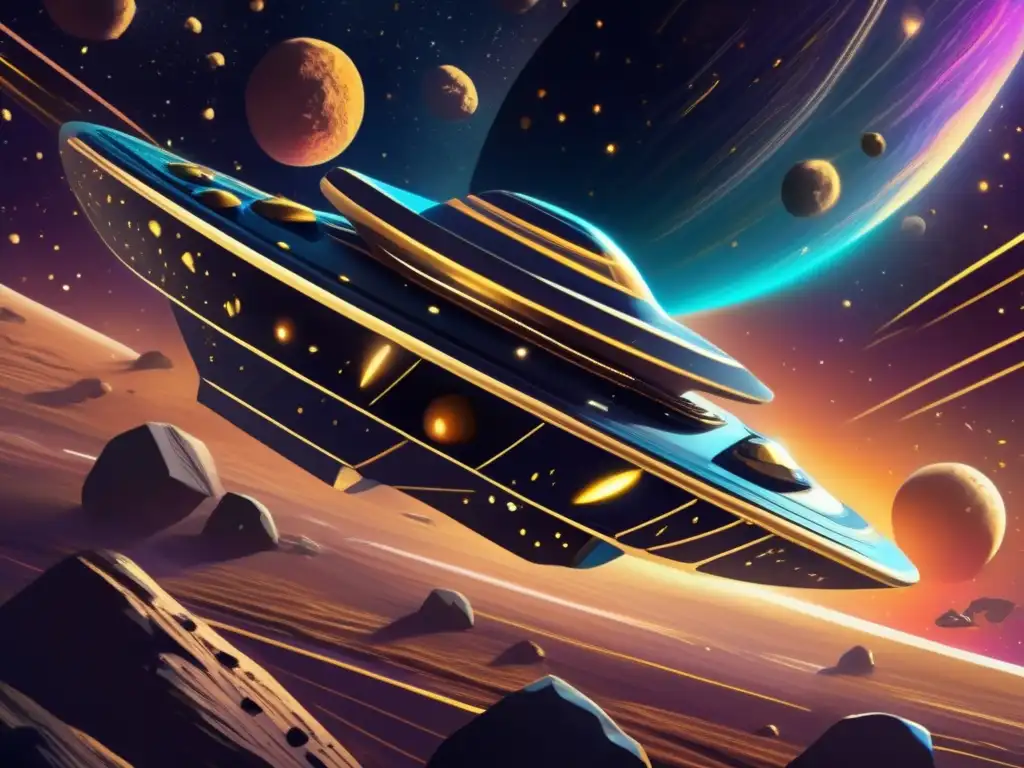 "The Fascinating Discovery Of Asteroid Belts"
"The Fascinating Discovery Of Asteroid Belts" "Stunning Revelations Of The Deep Impact Mission"
"Stunning Revelations Of The Deep Impact Mission"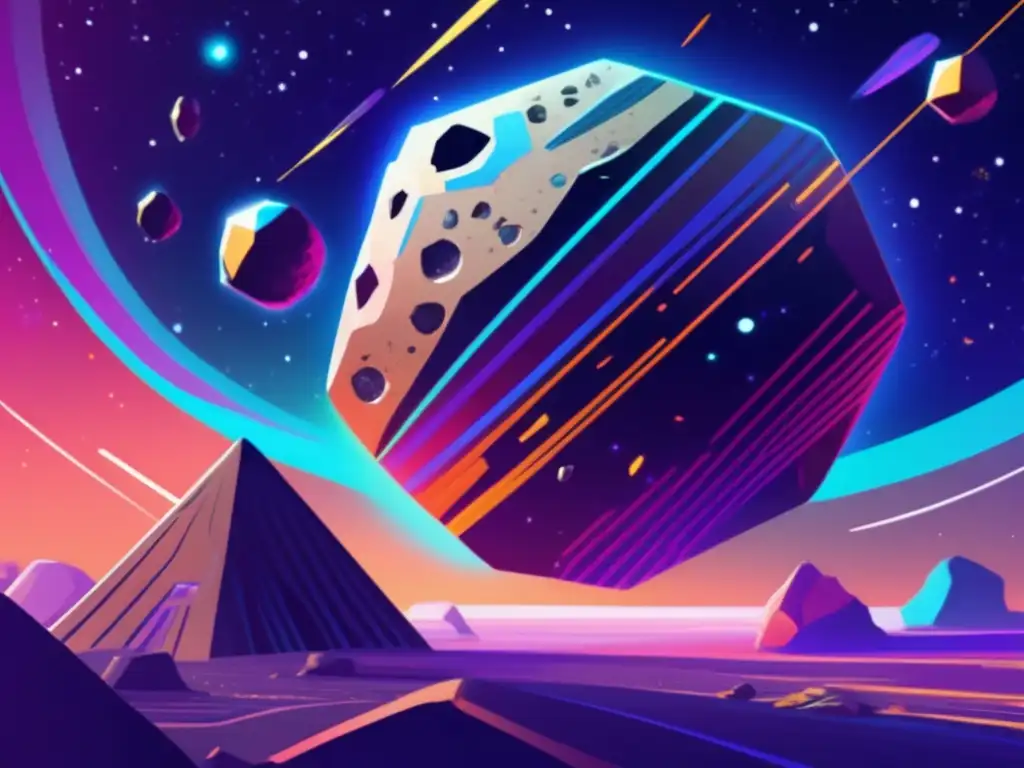 "The Remarkable Story Of Asteroid 1620 Geographos"
"The Remarkable Story Of Asteroid 1620 Geographos"If you want to discover more articles similar to "Chasing The Shadows: The Discovery Of Asteroid Moons", you can visit the Asteroid Discoveries category.
Leave a Reply

Articulos relacionados: